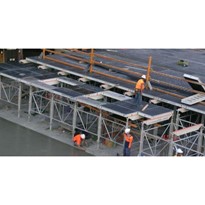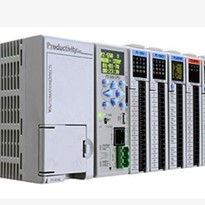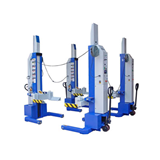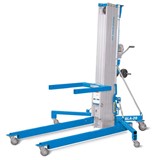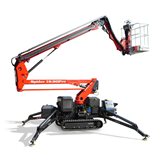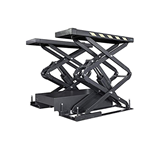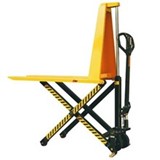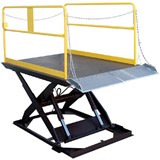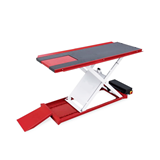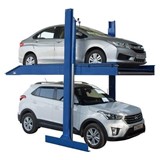The Delta solution achieves up to 200 cycles per minute and can be synchronised with multiple conveyors to perform on-the-fly Pick and Place operations.
Omron's Delta-3 Robot was voted Best Robot 2014 at the prestigious Automation Inside Readers' Choice Awards. The Omron Sysmac NJ Machine Automation Controller (MAC) is the core of this system architecture.
The new powerful NJ501 series controller offers openness and performance for integrating functionality to satisfy any application, including robots.
In the past, robots were controlled exclusively by dedicated robot controllers. A machine architect can now decide to control a robot in exactly the same way as all other parts, from one control system, by using one programming environment, the new Sysmac Studio software.
Never before has there been a solution that integrates machine control, vision, HMI, safety, and robotics using one programming software with one connection.
The NJ501 uses the fastest motion network in the world – EtherCAT. The control system calculates Delta-3 kinematics in a few microseconds and achieves top performance regarding the number of robot cycles and repeatability.
Based on the high speed EtherCAT network, it can provide the highest motion performance for demanding packaging applications. Up to eight Delta robots can be controlled by one Sysmac NJ controller. The integration of the NJ-Robotics controller with the G5 servo systems allows you to achieve the maximum throughput in your Pick & Place applications.
Ideal for any industry
There are three types of Delta robot arms available as Washdown, Delta and Mini Delta robot. The NJ controller offers a response time of 2ms when controlling eight Delta robots or 1ms when controlling four robots.
Harry Mulder (Manager, Engineering Department) says Delta-3 robots are ideal for any industry with a need to move lightweight loads quickly and accurately – especially food & beverage.
"The Delta-3 robot has three arms and is programmed to pick and place with fast movements of low weight loads. Previously, these tasks were performed manually – a time consuming and high cost operation." There’s an optional fourth arm for workpiece orientation.
The packaging industry typically uses Omron robots for lightweight needs, such as placing biscuits in a tray.
"It not only places an object in a tray, but positions the object so it is always placed the correct way," says Mulder.
The Delta-3 robot rotates at 360 degrees and can work in an envelope of about 1100mm.
Main benefits
The robots were designed by the Omron team in Japan and are assembled in Australia. "The main benefits are increased productivity and labour cost savings," says Mulder.
"They can run 24/7, they don’t have holidays and they don’t go on strike. Also, they don’t need to sleep."
As an added bonus, the machines are low maintenance, with no major parts to be replaced for at least 10-15 years if serviced regularly.
Omron provides extensive training for its clients – either at its branches across Australia – or on site.
Mr Mulder says most companies can expect a rapid return on investment (ROI).
"The cost of robots is going down while the cost of labour is rising," he says.
"They usually pay for themselves in a short space of time, depending on the application.
"As robots become more functional they will take over more manual work."
Omron Delta robots can be programmed to suit the customer’s requirements.
Key features
- Control of up to 8 robots by one controller
- Degrees of freedom: 3 + 1 (rotational axis optional)
- Up to 200 cycle per minute
- Model range from 500 to 1100 mm
- Payload range: 1 to 3 kg
- IP class range: IP65, IP67 hygienic design


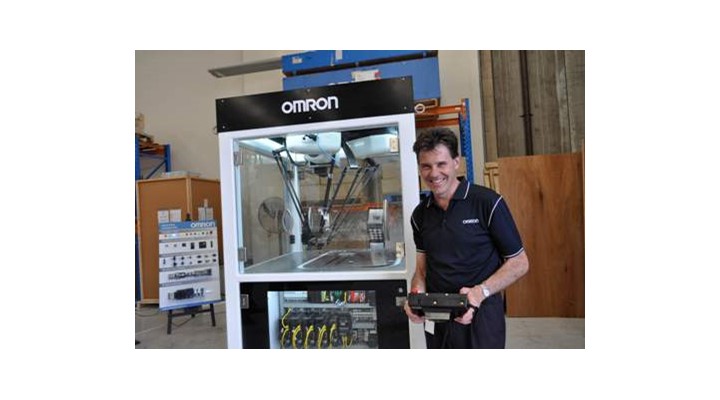
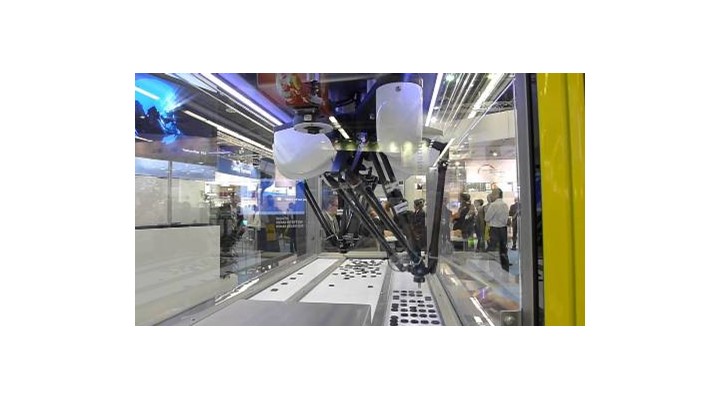
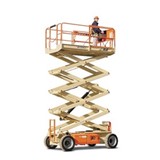
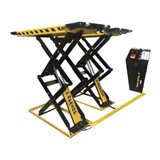
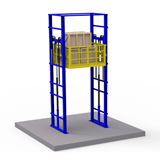
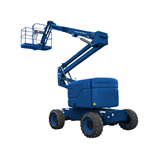
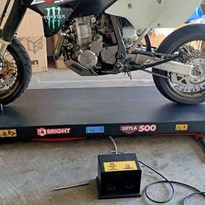
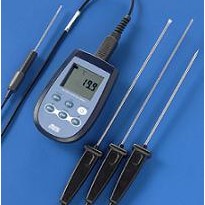
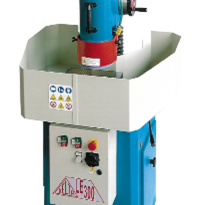
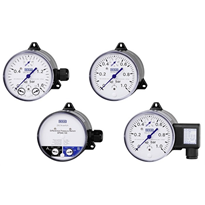
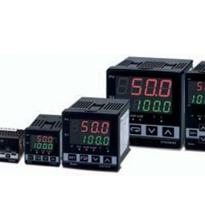
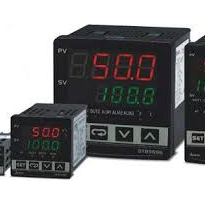
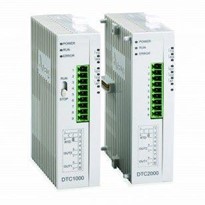
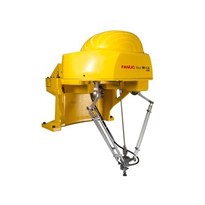
-205x205.jpg)
